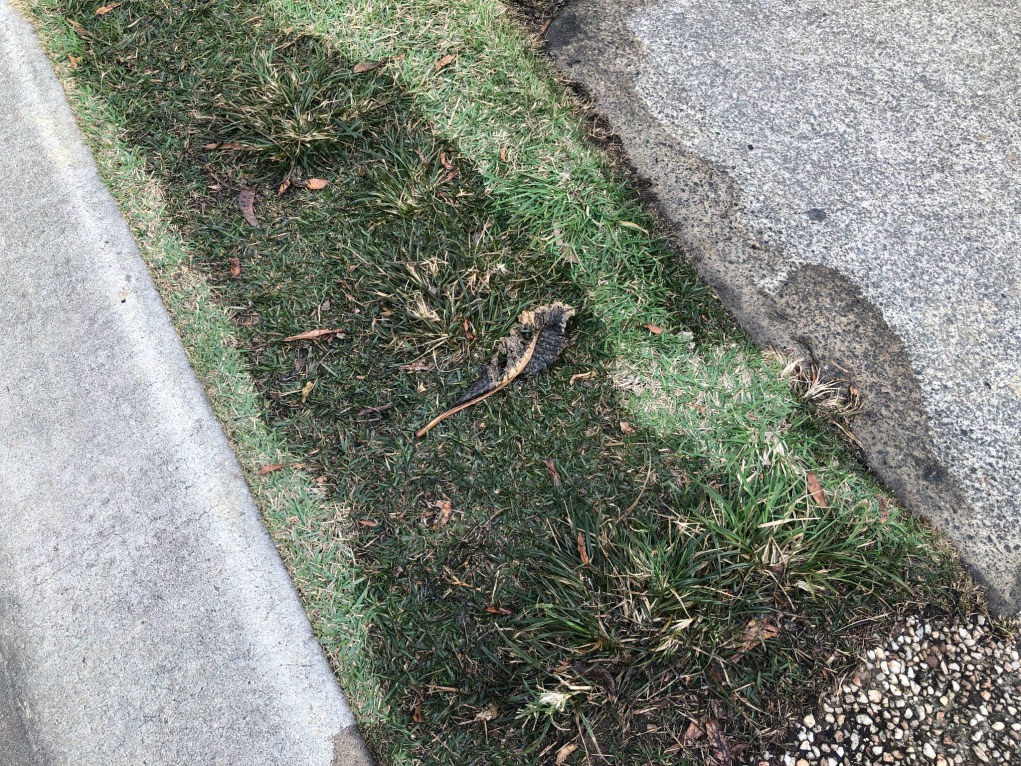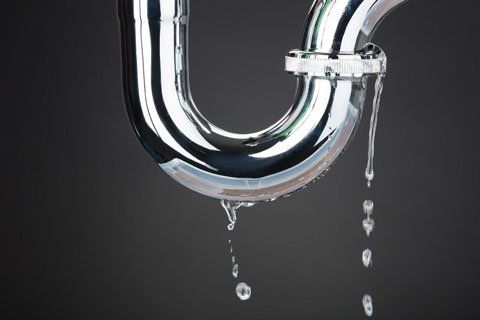Exactly how to Inspect If Your House Has a Covert Leak
Exactly how to Inspect If Your House Has a Covert Leak
Blog Article
We've noticed the article relating to Finding hidden leaks listed below on the internet and concluded it made perfect sense to discuss it with you on this page.

The minute you discover a leak, calling your plumber for repair work is the best solution. Some little water leaks might not be noticeable. If you can not identify it with your naked eyes, below are some hacks that aid.
Early discovery of dripping water lines can reduce a potential disaster. Besides saving you money, it will certainly reduce the stress as well as irritation.
Examine Water Intake
Evaluate your water bills as well as track your water usage. As the one paying it, you should notice if there are any discrepancies. If you detect sudden changes, despite your usage being the same, it means that you have leaks in your plumbing system. Remember, your water expense need to fall under the exact same array every month. An unexpected spike in your bill indicates a fast-moving leak.
On the other hand, a consistent boost each month, despite the exact same routines, shows you have a sluggish leak that's also gradually rising. Call a plumber to completely inspect your residential property, specifically if you feel a cozy area on your flooring with piping underneath.
Check and Examine the Situation
Homeowners must make it a habit to inspect under the sink counters and even inside cupboards for any kind of bad odor or mold development. These 2 red flags suggest a leakage so punctual attention is needed. Doing regular inspections, even bi-annually, can conserve you from a significant trouble.
Examine the Water Meter
Every home has a water meter. Examining it is a proven manner in which helps you find leakages. For beginners, switch off all the water resources. Make certain no one will flush, use the tap, shower, run the cleaning equipment or dishwasher. From there, go to the meter and also watch if it will certainly transform. Considering that nobody is using it, there should be no movements. That indicates a fast-moving leak if it moves. Likewise, if you detect no changes, wait a hr or 2 and inspect back again. This indicates you might have a slow leak that might also be below ground.
Asses Outside Lines
Don't forget to inspect your exterior water lines too. Must water permeate out of the connection, you have a loose rubber gasket. One small leak can lose bunches of water and surge your water expense.
Do a Food Coloring Examination
When it comes to water consumption, 30% comes from toilets. If the color somehow infiltrates your dish throughout that time without flushing, there's a leakage between the tank as well as bowl.
Check for stainings as well as weakening as the majority of devices and pipelines have a life expectancy. If you presume leaking water lines in your plumbing system, do not wait for it to escalate.
The minute you locate a leak, calling your plumber for repairs is the best option. Some tiny water leaks might not be noticeable. Checking it is a guaranteed method that assists you uncover leakages. One tiny leak can squander bunches of water as well as increase your water expense.
If you suspect dripping water lines in your plumbing system, don't wait for it to intensify.
How to Know If Your Home Has a Hidden Leak
Water Meter Reveals Inexplicable Water Usage
If you’d like to test whether or not there’s a leak somewhere in your home, you can do this using your water meter. Here is how to conduct the test:
Don’t use any water in your home for at least 30 minutes; this also means not turning on faucets or water-using appliances.
Go outside, and check your water meter for activity.
If your water meter shows that there was activity, even though no one was using any water, this proves that there is a leak in your home.Visible Mold or Mildew Growth
Leaks behind walls create moist, dark environments that allow mold and mildew to grow and thrive. Eventually, you might see mold growth forming on the wall closest to a hidden leak.
If mold is growing in an area that receives a high amount of moisture, such as a bathroom, it may simply be an indication that better ventilation is needed. However, if you see mold growth on a wall or the ceiling in an area where you would not expect, you probably have a hidden leak.
Musty, Mildew Odor
Sometimes you might not be able to see the mold or mildew that is growing as a result of a leak. However, the smell can give the problem away just as easily. If you catch a whiff of something musty, there’s a good chance that old water is collecting somewhere in your home that you can’t see.
Stained/Warped Walls, Ceilings, or Floors
When your home soaks up water, a variety of red flags can become visible, including ceiling stains, bubbling drywall, warped walls, and sagging floors. While these issues can be caused by excess humidity, they can also be signs that a pipe or plumbing connection has started leaking behind your walls.
Inexplicably High Water Bill
After a while, you get a general sense for what your water bill should be. If you own a pool or sprinkler system, your bill will tend to be higher during summer. However, if you receive a water bill that seems especially high, and you can’t figure out what caused it, then you may have a hidden leak somewhere that’s increasing your bill.
https://www.plumbingjoint.com/blog/2019/july/how-to-know-if-your-home-has-a-hidden-leak/

I recently found that page on Finding hidden leaks when browsing the internet. Are you aware of someone else who is intrigued by Finding hidden leaks? Be sure share it. Bless you for your time. Visit us again soon.
Report this page